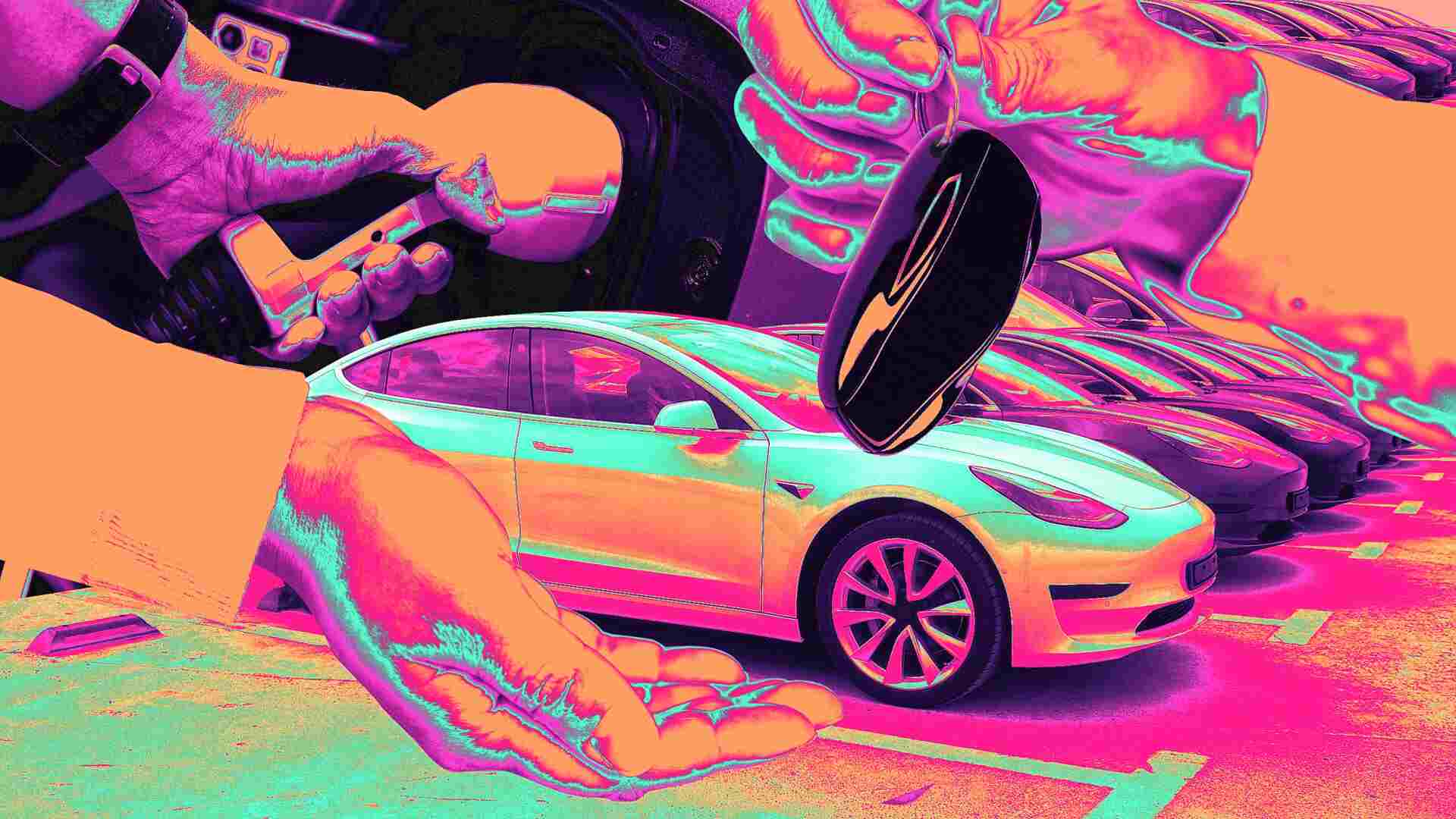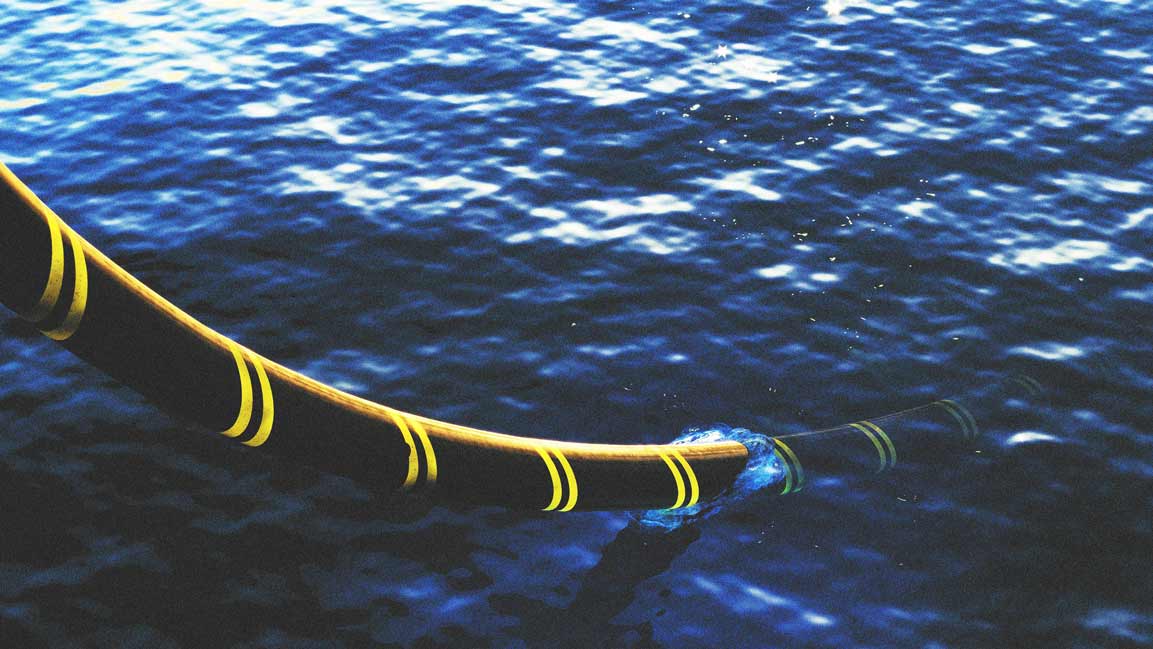- | 8:00 am
Taking an EV road trip for the first time? 5 things to know before you drive
Summer road trips are underway, especially during this holiday week. If it’s your first time behind the wheel of an electric vehicle, here’s what you need to know before hitting the road.

Every summer, millions of Americans plan to hit the road. According to one travel survey, 75% of Americans are planning a road trip in summer 2024. A good chunk of those trips will likely be during the week of July 4, when a record 60 million-plus people are expected to travel by car. And with electric vehicle sales growing, some drivers may be taking those trips with an EV.
But if it’s your first time behind the wheel of an electric vehicle—whether you’re renting or taking your recent purchase for a spin—there are a few things you need to know before hitting the road.
OWNING OR RENTING AN EV
EV sales continue to rise: Sales of electric vehicles in the U.S. grew 12% from April 2023 to April 2024, according to data firm S&P Global. There have been concerns about an EV slowdown, but analysts say that while Tesla—long the most dominant EV carmaker—may be seeing its market shrink, other automakers like General Motors and Hyundai are seeing sales climb.
For drivers who may not want to fully commit to purchasing an EV, there’s always the option of renting. While Hertz has scaled back its 2023 EV ambitions, the rental giant still stocks EVs, as do Enterprise and Avis. In some instances, renting an EV might cost the same, or even less, than renting a gas car, according to The Washington Post. With gas prices increasing ahead of July 4, this could make electric cars even more enticing to some drivers.
Whether you’re planning to rent an EV or already own one, any surge in EV road trips could be a test of the country’s still-fledgling charging network. Yan (Joann) Zhou, manager of vehicle and energy technology and mobility analysis at the Argonne National Laboratory, a U.S. Energy Department research center, said last summer that the country’s charging network should be sufficient because EV use is still so low—just slightly more than 1% of the vehicles on the road are electric.
In 2023, 7.6% of all car sales in the U.S. were electric, for a record 1.2 million EVs sold. That’s up from 5.9% in 2022, and a significant increase from 2020, when EVs made up just 1.7% of all car sales. Across the world, nearly one in five cars sold in 2023 was electric—a surge driven mostly by sales in the U.S., Europe, and China.
Since last summer, the U.S. has also expanded EV charging infrastructure: In the second half of 2023 alone, nearly 1,100 new public fast-charging stations were added. But there have still been plenty of firsthand stories of EV drivers facing charging challenges. So, Zhou says, “drivers need to plan ahead.” Here are five things to be aware of, especially if you’ll be embarking on an EV road trip for the first time.
KNOW WHERE EV CHARGERS ARE LOCATED
The first step before hitting the road is to map out available chargers along the route you plan to take. The DOE has a map (as well as a search tool) of all EV charging stations in the U.S. and Canada. It also has an app—or you can use apps like Chargeway, ChargeHub, or PlugShare. If you’re driving a Tesla (an option through Hertz), the navigation screen will show you the locations of nearby Tesla Supercharger stations. There are already more than 187,000 public chargers across the country, according to the Joint Office of Energy and Transportation. (The White House plans to build a national network of 500,000 chargers by 2030.)
CHECK THE TYPE OF CHARGER
Not all EV chargers are the same. There are three different types of charging ports: Tesla chargers, CCS chargers, and CHAdeMO chargers. Depending on the type of EV you’re driving, you may need an adapter; if you’re driving a Tesla, for example, and pull into a CCS charging station, you’ll need to attach the adapter to the end of the connecter before plugging it into your car (for rental vehicles, Hertz says the adapter is included in its Mobile Connector Kit). Now that the EV industry has agreed to the North American Charging Standard, the charging experience will eventually be simplified. This is also the first summer that non-Tesla EV drivers can use the Supercharger network.
Note that there are different power levels of chargers (ranging from Level 1, the slowest, to Level 3, known as DC fast charging), which determines how long it will take to sufficiently charge your car’s battery. Most Level 1 chargers are for residential use, where you can leave your car plugged in overnight. Any community chargers along your route will likely be Level 1 and require a significant time commitment.
Along the highway, though, most charging stations provide DC fast charging, Zhou says, “so that has at least 50-kilowatt charging power, and that can give you a decent amount of juice for the time you stop. . . . But still, you have to stop there for a while—it’s not like a gas station where you only need five minutes.” She advises paying attention to the charging technology available along your route, making sure it’s compatible with your vehicle, and accounting for the charging time in your travel plans.
PLAN HOW TO PAY
Planning an EV road trip means you won’t be paying for gas, but it doesn’t necessarily mean you won’t be paying to fuel up. Some public stations are free to use, but others—including Tesla Superchargers—are not. “There are different business models out there,” Zhou says. “Some of them are charged by membership, some of them are charged by kilowatt-hour of electricity delivered to your car.”
For some chargers, you may have to download an accompanying app in order to pay; others may take credit cards directly like at a gas station. It’s just another factor to be aware of as you map out your itinerary.
ANTICIPATE ISSUES
So you’ve found a charging station along your route, you’ve determined that it’s compatible with your vehicle, and you’ve worked out how to pay. Even after all that, it might not work. A recent study found that U.S. charging stations have an average reliability score of 78%, meaning that about one in five EV charging attempts at public stations fail. That could happen for a variety of reasons and not all are due to user error.
“A large portion of that is that the charger probably has some malfunction that didn’t get captured in real time, and that creates challenges for drivers to use those chargers when they travel long distances,” Zhou says.
At the end of 2023, the government’s national labs said that over the next two years, they aim to improve the EV public charging experience in the U.S., which means tackling reliability. Additionally, the Federal Highway Administration has a mandate in its National Electric Vehicle Infrastructure Standards and Requirements “that each charging port must have an average annual uptime greater than 97%.”
Right now, though, you may still run into errors, so anticipate them in order to make your EV road trip as smooth as possible.
REALIZE YOUR RANGE MIGHT CHANGE
How often you need to find a charger will depend on your EV range—but be warned, the range that’s advertised for the type of EV you rent or own may not be the reality once you’re on the road. Range can vary depending on a number of factors.
“Our testing results show if the temperature is extremely high or low outside—like for example 20 degrees Fahrenheit or 95 degrees Fahrenheit—and when the driver has AC on, the range can be 50% less,” Zhou says. “You can get half of the electric range that’s being advertised.”
That much range loss seems more relegated to extremely cold days; AAA research has shown that temperatures above 95 F and air-conditioning use can decrease range by roughly 17%. Still, that means if, say, you’re in your rental car in Florida, blasting the air-conditioning, and you have a tendency to drive a bit aggressively, you can’t expect your EV to give you all 300 miles it advertises on a single charge. Again, the message is to plan ahead, be prepared for a few bumps along the way, and, ultimately, enjoy the ride.







































